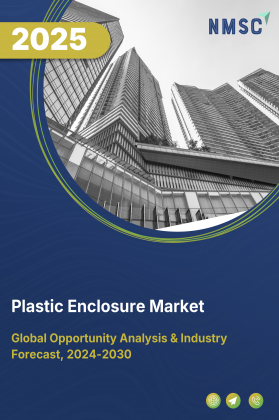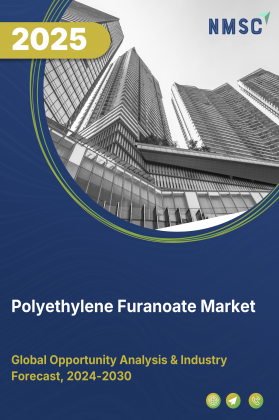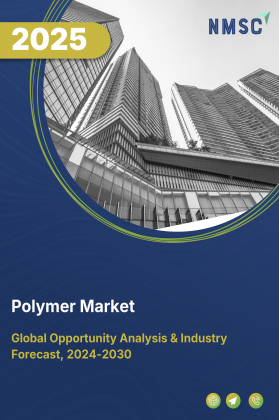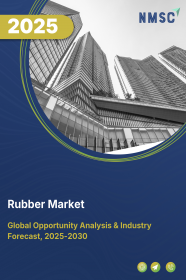
Rubber Market by Type (Natural Rubber [Ribbed Smoked Sheet, Solid Block, and Others], Synthetic Rubber), by Form (Bulk, Sheet, and Powder), by Distribution Channel (Direct Sales, Distributors/Wholesalers, and Others), by Application (Tires, Non-Tire Automotive Components, Industrial Goods, Adhesives, Footwear, and Others), and by End User (Automotive, Construction, Consumer Electronics, Healthcare, and Others) – Global Opportunity Analysis and Industry Forecast, 2025–2030
Industry Overview
The global Rubber Market size was valued at USD 44.94 billion in 2024, with an estimation of USD 46.98 billion in 2025 and is predicted to reach USD 58.76 billion by 2030 with a CAGR of 4.58% from 2025 to 2030.
The market is experiencing robust growth, primarily driven by structural changes and expanding demand across several high-impact sectors. Rapid industrialization in emerging sectors is significantly boosting rubber consumption in manufacturing and construction activities.
Simultaneously, the automotive sector is witnessing a sustained rise in vehicle production, which in turn increases the need for rubber-based components in both conventional and electric vehicles. Additionally, the global shift toward renewable energy and expanded power infrastructure is creating new opportunities for rubber use in industrial applications.
However, the industry faces certain restraints, such as strict environmental and regulatory pressures that can slow down industry expansion, it also presents strong opportunities. On the other hand, the integration of advanced technologies such as nanotechnology and the rise of green manufacturing practices are set to redefine product performance and unlock new growth avenues, positioning the rubber market as a crucial enabler in the evolving global economy.
Rapid Industrialization in Emerging Markets Driving Rubber Demand
Accelerated industrialization in emerging economies is playing a pivotal role in expanding the global rubber market demand, and India is a prime example of this transformative shift. The country is witnessing large-scale development in infrastructure and manufacturing, supported by strategic government initiatives that are reshaping industrial logistics and supply chains.
For instance, according to the India Industrial Development Report (IIDR) 2024–25, large-scale infrastructure initiatives such as the Dedicated Freight Corridors (DFCs), Multimodal Logistics Parks, and the PM Gati-Shakti National Master Plan are significantly enhancing industrial and logistical capacity across the country. These developments are fueling growth in manufacturing and construction, which are key sectors that heavily rely on rubber products. As a result, the rising demand for tires, seals, hoses, and conveyor belts, directly contributing to the expansion of market.
Booming Automotive Manufacturing Accelerates the Market Growth
The steady rise in global automotive production is significantly fuelling the rubber market growth, as vehicles require a wide range of rubber-based components such as tires, belts, seals, and hoses. India serves as a prominent example of this trend.
The Indian government launched the PM E-DRIVE scheme with a budget of US$ 1.30 billion effective from October 2024 to March 2026, to accelerate electric vehicle (EV) adoption, build charging infrastructure, and promote domestic EV manufacturing. This automotive growth in India directly translates to rising consumption of both natural and synthetic rubber, reaffirming the sector’s critical role in driving market expansion.
Growing Footwear Manufacturing Spurs Market Expansion
As footwear manufacturing expands globally, it directly fuels demand in the industry. Rubber’s essential role in producing soles, midsoles, and uppers due to its durability and flexibility makes it a key material in athletic, casual, and safety shoes.
The rise in consumer demand, particularly in developing regions, along with innovations in performance and eco-friendly footwear, continues to push rubber consumption upward across the market. As evidence of this trend, data published in April 2025 by the U.S. Bureau of Labor Statistics shows that the Producer Price Index for Rubber and Plastics Footwear, Including Athletic Footwear (WPU071301) rose from 155.24 in September 2023 to 158.44.
This gradual increase in producer prices reflects growing manufacturing costs, largely driven by rising demand for rubber-based components in footwear. The rise in PPI reflects higher production costs driven by increased demand for rubber components, indicating that growth in the footwear sector is contributing to the overall expansion of the rubber industry.
Environmental and Regulatory Pressure Hinders the Market Growth
Environmental and regulatory pressures slow market growth by enforcing stricter sustainability, sourcing, and compliance standards. Companies must adapt operations, which increases costs and causes delays, limiting access to key markets and adding complexity to industry expansion. This challenge is especially significant for smaller players with limited resources. Overall, these challenges collectively act as barriers, hindering the smooth growth and scalability of the market.
Nanotechnology in Rubber Reinforcement Unlocks Lucrative Growth Opportunities
Introduction of nanotechnology is revolutionizing rubber reinforcement by introducing nano-scale fillers that significantly improve mechanical strength, thermal resistance, and durability, without adding much weight. This innovation boosts the performance of tires, hoses, seals, and other rubber components, making them more efficient and long-lasting. As a result, manufacturers are increasingly adopting nanotechnology-enhanced rubber compounds, which creates future opportunity in the industry.
Market Segmentations and Scope of the Study
The rubber market report is divided on the basis of type, form, distribution channel, application, end users, and others. On the basis of type, the market is bifurcated into natural rubber and synthetic rubber. Natural rubber includes variants such as ribbed smoked sheet, solid block, and concentrated latex. Synthetic rubber is further classified into styrene-butadiene rubber (SBR), nitrile rubber (NBR), polybutadiene rubber (BR), chloroprene rubber, butyl rubber (IIR), neoprene (CR), and ethylene-propylene-diene monomer (EPDM). Reclaimed rubber also forms a notable segment within the market. On the basis of form, the market is segmented into bulk, sheet, and powder. Based on distribution channel, the market is divided into direct sales, distributors/wholesalers, and online retail/e-commerce. In terms of application, the market is segmented into tires, non-tire automotive (including hoses, gaskets, engine mounts, and vibration dampers), industrial goods (such as seals for equipment and conveyor belts), adhesives, footwear, wires & cables, and others. On the basis of end users, the market is categorized into automotive, construction, consumer electronics, healthcare and others. Regional breakdown and analysis of each of the aforesaid segments include regions comprising North America, Europe, Asia-Pacific, and RoW.
Geographical Analysis
The growth of the market in North America is significantly fueled by the strength of its automotive industry. In addition to hosting major vehicle assembly plants, the United States is home to numerous engine and transmission manufacturing units, as well as dedicated R&D, design, and testing centers. This extensive domestic footprint is supported by both local and international automotive players.
Notably, U.S. affiliates of majority foreign-owned automakers directly provide employment to over 500,000 individuals, reflecting the region’s strategic importance in global automotive manufacturing. Furthermore, foreign direct investment in the U.S. automotive sector soared to $195.6 billion in 2023, bolstering the demand for rubber-based components used in tires, engine mounts, seals, hoses, and other critical vehicle systems. This continued industrial activity positions North America as a key consumer in the global market.
On the other hand, the steady rise in Europe’s automotive manufacturing, especially driven by the shift toward electric and hybrid vehicles is creating strong demand for high-performance rubber components essential for modern vehicle systems. For example, according to the European Automobile Manufacturers’ Association (ACEA), new car registrations in the EU increased by 0.8% in 2024, reaching approximately 10.6 million vehicles, with battery-electric vehicles (BEVs) accounting for 13.6% of the market.
This upward trajectory continued into 2025, with BEVs maintaining strong momentum, capturing 15.2% of new registrations in Q1 2025. This surge in electrified vehicle adoption is directly boosting demand for advanced rubber components, including low-rolling-resistance tires, vibration-dampening mounts, battery seals, and thermal insulation, designed specifically for the unique needs of EVs and hybrids.
Similarly, rapid industrial growth across the Asia-Pacific region, particularly in countries such as India, Vietnam, Indonesia, Thailand, and China is significantly increasing the demand for rubber products in various manufacturing and processing industries. As these nations expand their industrial capacity by developing new factories, automotive plants, chemical facilities, and electronics manufacturing units, the need for rubber components such as belts, hoses, seals, gaskets, rollers, and anti-vibration pads continues to rise. This sustained progress is not only boosting economic activity but also significantly increasing the demand for rubber, reinforcing the Asia-Pacific region’s critical role in driving the growth of the global rubber industry.
Furthermore, Rest of the World (RoW) region, which includes countries in the Middle East, Africa, and Latin America, is witnessing a steady rise in the rubber market share, primarily driven by expanding industrial and infrastructure development. Growing investments in construction, mining, and transportation sectors are increasing the consumption of both natural and synthetic rubber for applications such as tires, conveyor belts, seals, and insulation materials.
Additionally, countries like Brazil, South Africa, and the UAE are experiencing a surge in automotive production and aftermarket services, further boosting rubber usage. Government-led initiatives aimed at improving road networks, public transit systems, and utility infrastructure are also contributing to the increased demand for durable and high-performance rubber products in the region.
Strategic Analysis by Key Companies
Key players in the rubber industry are actively expanding capacity, and diversifying products to strengthen their market share and meet the demands of the market.
-
In May 2025, ARLANXEO and TSRC inaugurated their newly expanded nitrile-butadiene rubber (NBR) plant in Nantong, China, increasing capacity from 30,000 to 40,000 tonnes per year. This expansion not only reinforces global NBR supply chains but also elevates quality and sustainability standards across rubber-intensive industries.
-
In March 2025, Versalis inaugurated a mechanically recycled polymer facility in Porto Marghera, Italy, with an annual capacity of 20,000 tonnes. This project marks another key milestone in the company’s commitment to promoting a more circular and environmentally sustainable economy through technological innovation and post-consumer plastics recycling.
-
In December 2024, ENEOS Materials Corporation acquired MOL’s 49% stake in ENEOS MOL Synthetic Rubber Ltd. (EMSR), making it a wholly owned subsidiary. This move strengthened ENEOS’s global SSBR operations, particularly in Europe, and supported its strategy to expand eco-friendly rubber production.
-
In June 2023, Kraton Corporation expanded its Berre-l’Étang facility in France to enable the production of up to 100% ISCC PLUS-certified renewable styrenic block copolymers (SBCs) as part of its CirKular+™ ReNew Series. This strategic expansion supported the growing demand for sustainable polymer solutions across Europe, particularly in medical, consumer, and automotive applications.
-
In May 2023, Idemitsu Kosan, Kumho Petrochemical, and Sumitomo Corporation entered into a strategic partnership by signing a memorandum of understanding (MOU) to establish a biomaterial supply chain for the production of bio-based solution styrene-butadiene rubber (bio SSBR). This partnership combined Idemitsu’s bio-feedstock supply, Kumho’s rubber manufacturing expertise, and Sumitomo’s global distribution network.
Key Benefits
-
The report provides quantitative analysis and estimations of the rubber market from 2025 to 2030, which assists in identifying the prevailing industry opportunities.
-
The study comprises a deep dive analysis of the current and future rubber market trends to depict prevalent investment pockets in the industry.
-
Information related to key drivers, restraints, and opportunities and their impact on the market is provided in the report.
-
Competitive analysis of the key players, along with their market share is provided in the report.
-
SWOT analysis and Porters Five Forces model is elaborated in the study.
-
Value chain analysis in the market study provides a clear picture of roles of stakeholders.
Rubber Market Key Segments
By Type
-
Natural Rubber
-
Ribbed Smoked Sheet
-
Solid Block
-
Concentrated Latex
-
-
Synthetic Rubber
-
Styrene-Butadiene Rubber (SBR)
-
Nitrile (NBR)
-
Polybutadiene (BR)
-
Chloroprene Rubber
-
Butyl Rubber (IIR)
-
Neoprene (CR)
-
Ethylene Propylene Diene Monomer (EPDM)
-
-
Reclaimed Rubber
By Form
-
Bulk
-
Sheet
-
Powder
By Application
-
Tires
-
Passenger Car Tires
-
Commercial Vehicle Tires
-
Two-Wheeler Tires
-
Off-the-Road (OTR) Tires
-
-
Non-Tire Automotive
-
Hoses
-
Gaskets
-
Engine mounts
-
Vibration dampers
-
-
Industrial Goods
-
Seals for equipment
-
Conveyor belts
-
-
Adhesives
-
Footwear
-
Soles
-
Slippers/Sandals
-
-
Wires & Cables
-
Others
By Distribution Channel
-
Direct Sales
-
Distributors/Wholesalers
-
Online Retail/E-commerce
By End- Users
-
Automotive
-
Construction
-
Consumer Electronics
-
Healthcare
-
Consumers Goods
-
Packaging
-
Footwear
-
Industrial Machinery & Equipment
-
Others
By Region
-
North America
-
The U.S.
-
Canada
-
Mexico
-
-
Europe
-
The UK
-
Germany
-
France
-
Italy
-
Spain
-
Denmark
-
Netherlands
-
Finland
-
Sweden
-
Norway
-
Russia
-
Rest of Europe
-
-
Asia-Pacific
-
China
-
Japan
-
India
-
South Korea
-
Australia
-
Indonesia
-
Singapore
-
Taiwan
-
Thailand
-
Rest of Asia-Pacific
-
-
RoW
-
Latin America
-
Middle East
-
Africa
-
Key Players
-
Kumho Petrochemical
-
GRP LTD.
-
ENEOS Materials Corporation
-
SIBUR International
-
TSRC Corporation
-
Sri Trang Agro‑Industry
-
Halcyon Agri
-
Thai Rubber Latex Group (THAITEX)
-
Rolex Reclaim Pvt. Ltd.
-
Asahi Kasei Corporation
-
Denka Company Limited
-
Kraton Corporation
-
Synthos Group
REPORT SCOPE AND SEGMENTATION:
|
Parameters |
Details |
|
Market Size in 2025 |
USD 46.98 Billion |
|
Revenue Forecast in 2030 |
USD 58.76 Billion |
|
Growth Rate |
CAGR of 4.58% from 2025 to 2030 |
|
Analysis Period |
2024–2030 |
|
Base Year Considered |
2025 |
|
Forecast Period |
2025–2030 |
|
Market Size Estimation |
Billion (USD) |
|
Growth Factors |
|
|
Countries Covered |
28 |
|
Companies Profiled |
10 |
|
Market Share |
Available for 10 companies |
|
Customization Scope |
Free customization (equivalent up to 80 working hours of analysts) after purchase. Addition or alteration to country, regional, and segment scope. |
|
Pricing and Purchase Options |
Avail customized purchase options to meet your exact research needs. |


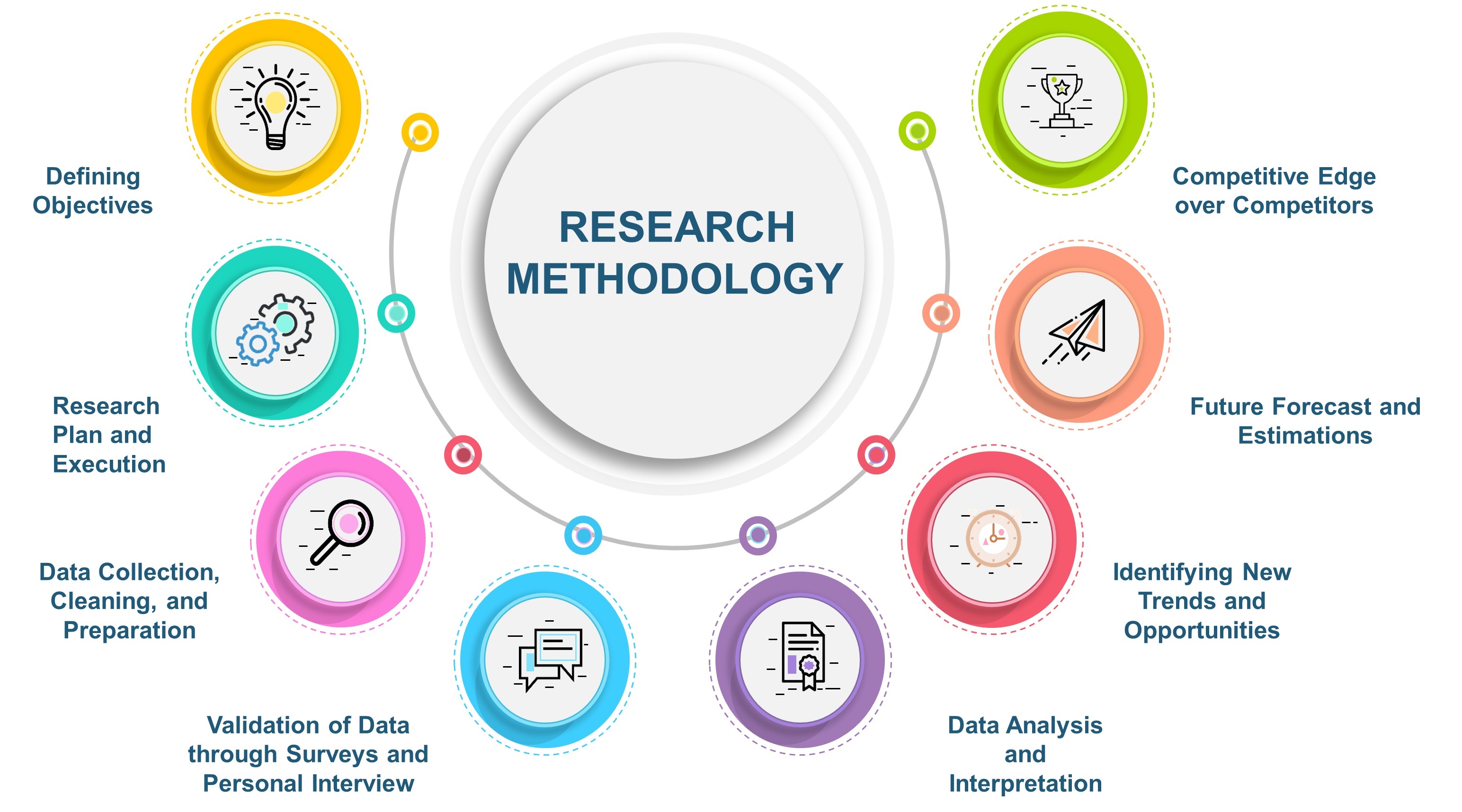
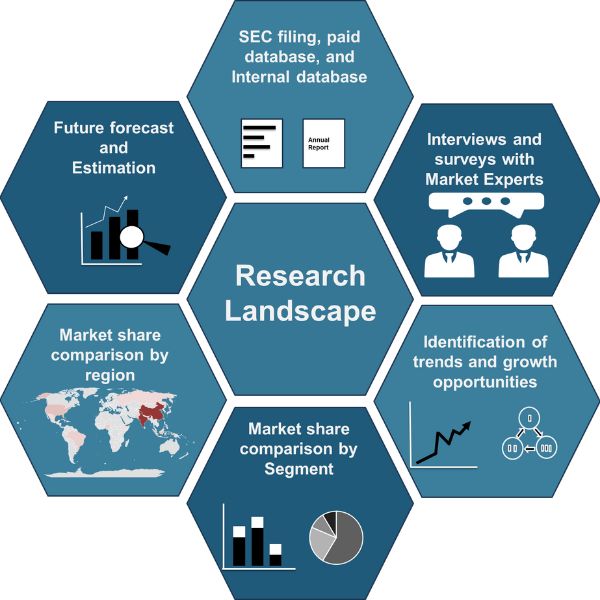
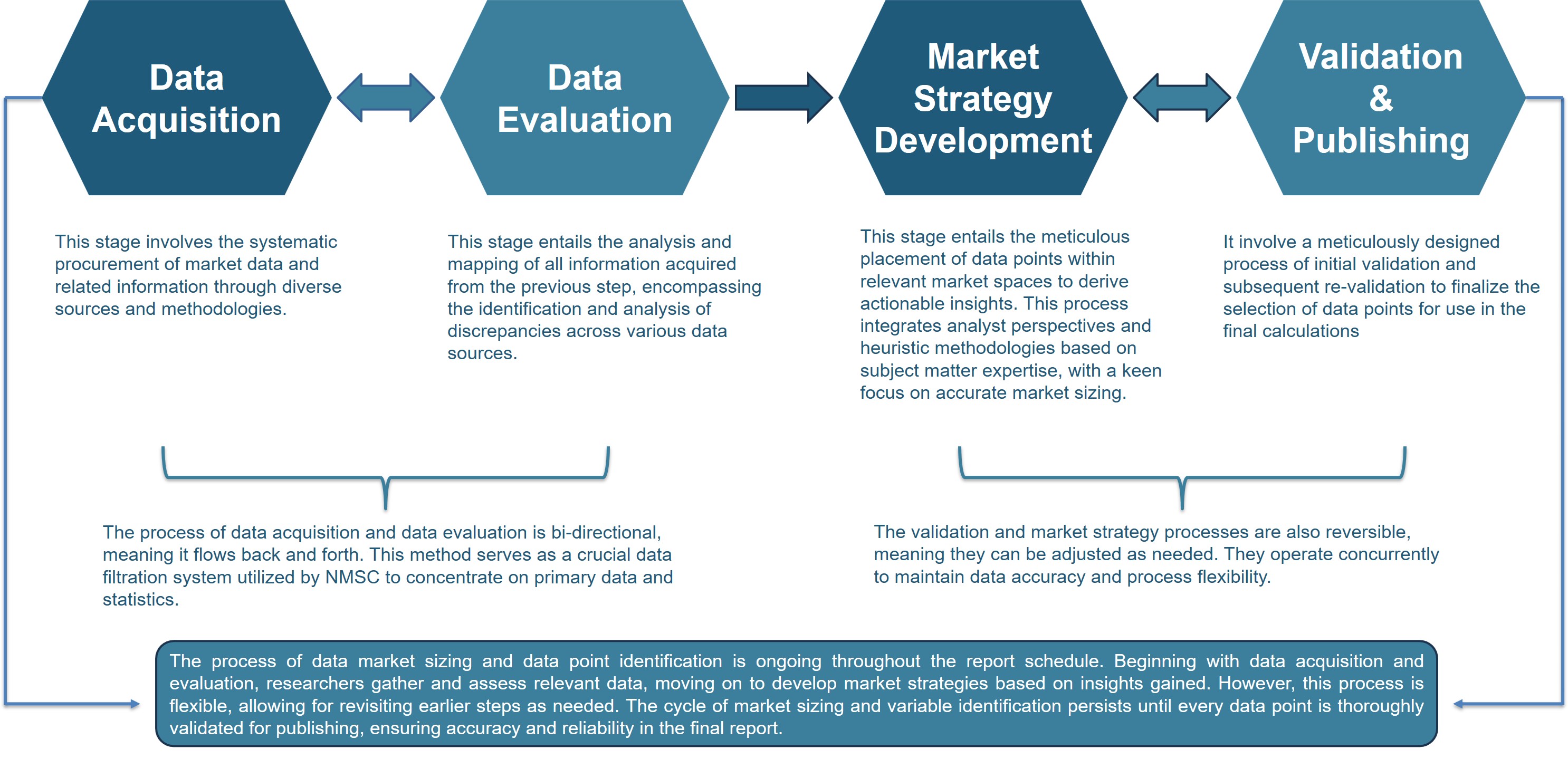
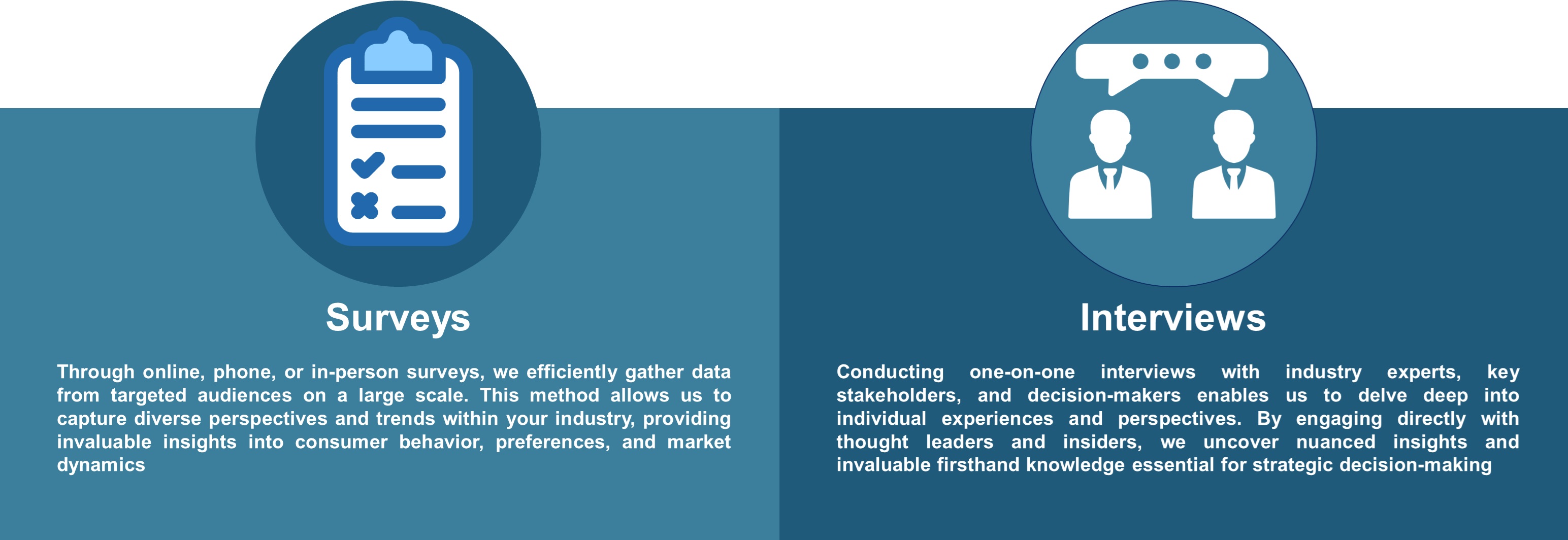



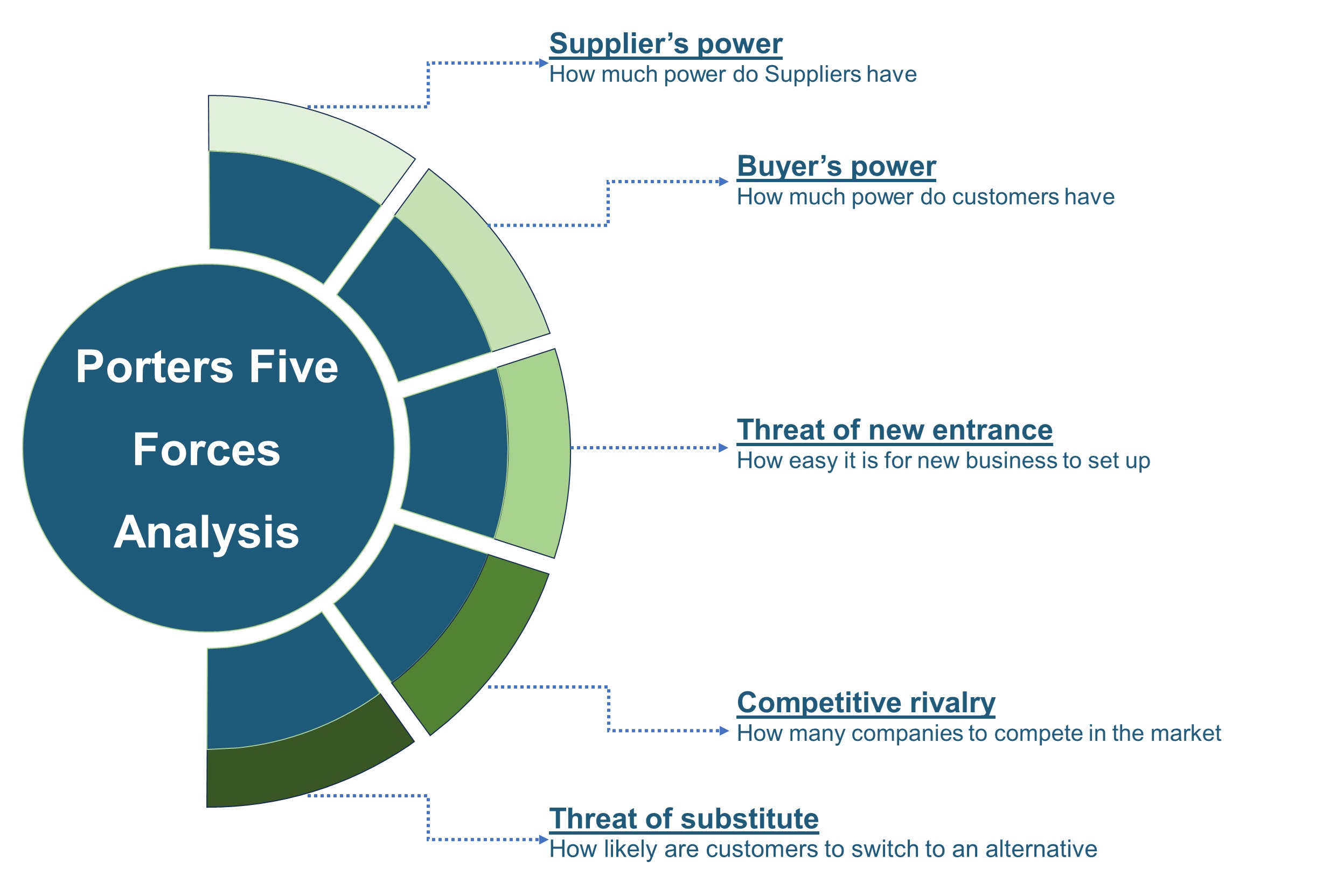







 Speak to Our Analyst
Speak to Our Analyst



